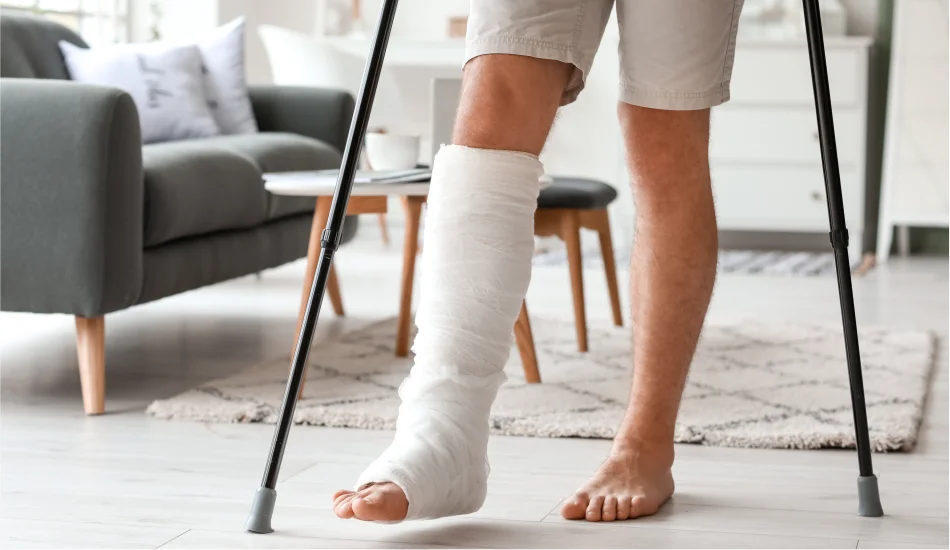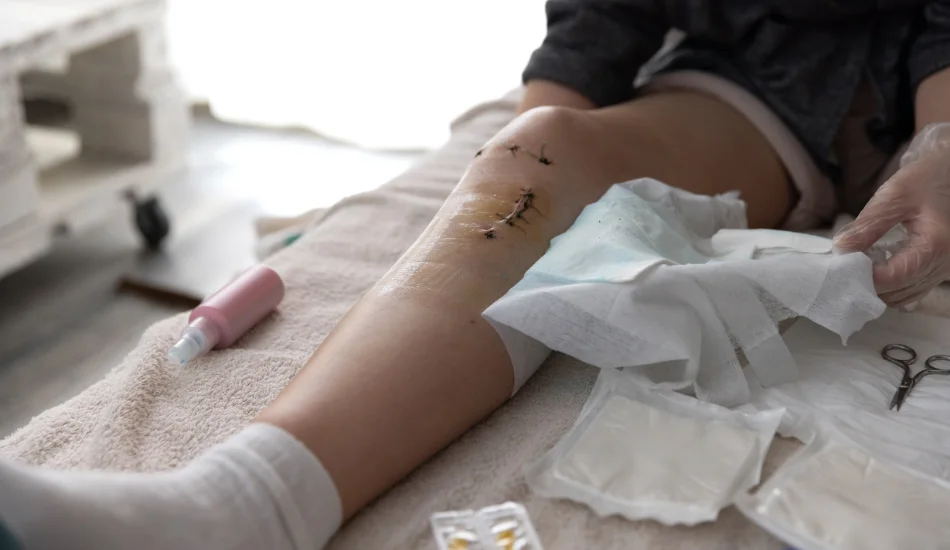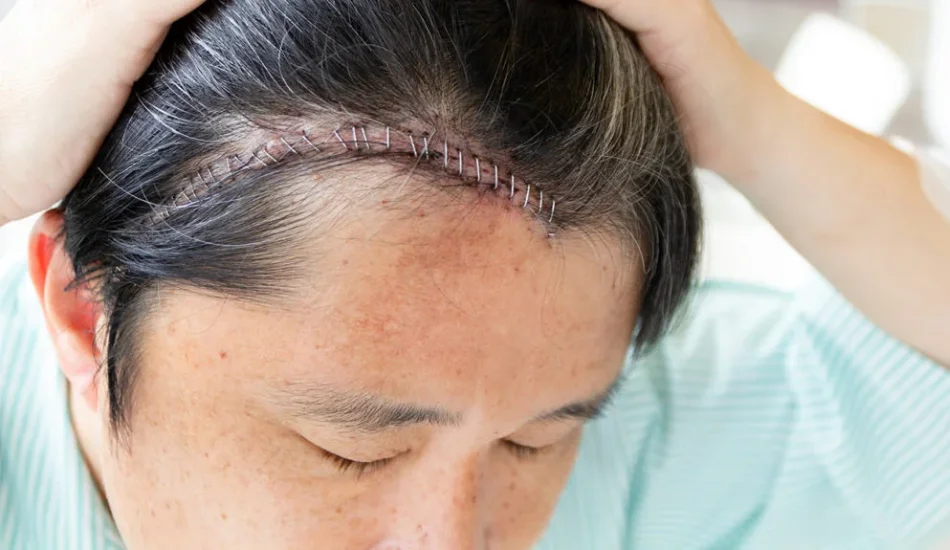
A broken bones could be a painful and traumatic experience However, knowing the process by which broken bones heal can provide assurance and clarity. The body’s ability for healing itself is amazing, especially in the case of broken bones, which are always in a constant process of remodeling and repair. In this thorough guide, we’ll examine the intricate process of healing bone and discuss the procedures involved in the repair of bone fractures and look at the elements that affect the healing process of bone fractures. We’ll also explain the reasons Chirayu Super Speciality Hospital in Mira Bhayandar is renowned for its orthopedic services.
Understanding Bone Structure and Function
To fully understand the process of healing broken bones it is crucial to first comprehend their structure and the role they play within the body. Bones are living, complex tissues that offer support, protect and facilitate mobility. Their structure comprises:
- Periosteum :- The periosteum is fibrous, dense membrane that covers the bone’s outer layer. It is a rich source of blood vessels as well as nerves. It plays an important role in the health of bones and repair.
- Compact Bone :- It is a dense, hard layer that is the outermost layer of bones giving strength and rigidity.
- Spongy Bone :- It is located inside the bone’s compact structure Spongy bone is an elongated structure that houses bone marrow which plays a role in the creation of blood cell.
- Bone Marrow :- It is a soft, spongy tissue located in the central cavities that are found in bone is accountable for the production of white and red blood cells and platelets.
Broken bones undergo a continuous process of remodelling and resorption, which requires the balance of bone formation and Resorption. The ability to heal and remodel is crucial for keeping bone health in good condition and for healing injuries.
The Bone Healing Process
If a broken bones it triggers a complicated but well-structured procedure to heal the injury. The process usually takes place in a series of key phases:
Inflammatory Phase
The inflammatory phase starts shortly after a fracture
- Hematoma Form :- Blood vessels around the site of the fracture are damaged, which leads to bleeding and the development of a hematoma, also known as a blood clot. Hematomas serve as a basis for healing.
- Inflammatory Response :- The body’s immune system reacts to wound by delivering white blood cells directly to the location to remove obstructions and stop infection. The typical duration of this phase is several days and is essential for setting the stage for healing.
Reparative Phase
In the phase of repair when bone tissue is regenerated, it begins to develop:
- The formation of a soft callus within the first couple of months, the hemoglobin will be transformed into a soft callus composed from cartilage and fibrous tissue. The soft callus assists in stabilizing the site of fracture.
- Forming of the hard callus in the following weeks the soft callus gets gradually replaced with a hard callus that is made up of broken bones that are woven. The bone tissue that is created is able to bridge the fracture and provides temporary stability.
Remodeling Phase
The last stage of bone healing is regrowth that can last for a number of months or years:
- The process of bone remodeling :- In this phase the hard callus gets slowly shaped and strengthened by the osteoclasts (cells that broken bones) as well as osteoblasts (cells which build bone). This process returns the bone back to its original form and strength.
- Mature Bone Formation :- It continues to grow getting denser and better well-organized, closely resembling broken bones of the beginning.
The entire process of healing is a complex interaction of biochemical and cellular processes to ensure that the bone is returned to its pre-injury condition as closely as it is possible.
Steps in Bone Fracture Repair
The successful repair of bone fractures requires both natural processes as well as medical interventions. This article will provide a comprehensive overview of the procedures involved:
- Accurate Diagnosis :- An accurate diagnosis is essential to determine the most effective method for treatment. Medical professionals usually conduct:
- Immobilization :- Immobilization is essential to ensure that the bone fracture remains in the proper position and facilitate healing.
- casting :- The casting made from fiberglass or plaster is inserted to encase the bone. This assists in keeping the bone in place and helps protect it from damage during healing.
- Splinting :- If you have a fracture that has significant swelling, or less severe fractures, a splint could be utilized in place of casting. Splints provide stability and allows for some motion and swelling.
- Realignment (Reduction) :- In certain instances it is necessary to realign the bone that has been fractured, referred to as reduction, is required:
- Closed Reduction This non-surgical technique involves manipulating the bone to achieve its proper alignment by with physical methods.
- Open Reduction For more complicated instances, surgery is necessary to restore the alignment of the bone. This may require the use of screws, pins, or plates to fix the fracture.
- Surgical Intervention :- Surgery can be recommended for fractures that can’t be effectively treated using non-surgical methods:
- Internal Fixation Screws and rods of steel or plate are surgically placed to help stabilize bone fragments, and to promote healing.
- External Fixation A frame made of metal is fixed outside of the body to keep the bone that has been broken bones in commonly used for more difficult fractures, or in cases where internal fixation is not possible.
- Rehabilitation :- Rehabilitation is an essential step in the recovery process and focuses on the restoration of the strength and function of the body:
- Physical Therapy Customized exercises can help to improve flexibility, strength and mobility. Physical therapy is vital to getting back mobility and functionality.
- Gradual Weight-Bearing Patients gradually resume weight bearing activities during healing which strengthens the bone.
- Nutritional Support The consumption of a diet high in calcium, vitamin D and protein promotes bone health and speed up your healing.
Factors Affecting Bone Fracture Healing
Many factors can affect the speed and efficacy of healing from bone fractures:
- Age :- Younger people generally have faster and better bone healing due to a higher bone density and an actively healing.
- Nutrition :- Nutritional balance is crucial to bone health. A diet rich of calcium as well as vitamin D which can be found on dairy, in leafy vegetables, and fish with fatty oils, aids in the optimal repair of broken bones.
- Lifestyle Choices :- Drinking alcohol and smoking cigarettes can hinder broken bones growth by slowing blood flow and decreasing bone density.
- Medical Conditions :- Diabetes osteoporosis and diabetes as well as immune system issues can impact recovery and demand particular focus.
- Fracture Type and Location :- The severity and area of the fracture impact the method of treatment and the time to heal. Simple fractures heal quicker than fractures that are complex or multiple.
- Adherence to Treatment :- Affirming medical advice and taking part in rehabilitation programs prescribed by the doctor is vital to ensure the success of your recovery.
Promoting Optimal Bone Health
A healthy and strong bone is essential to avoid fractures and for ensuring a speedy recovery
- Eat a Balanced Diet :- Incorporate calcium-rich and vitamin D-rich food items in your diet to help support Bone strength, and also repair.
- Engage in Regular Exercise :- Exercises that require weight, such as walking or running as well as resistance training can increase your bone mass and general health.
- Avoid Harmful Habits :- Reduce your consumption of alcohol and smoking to ensure bone health and lower the chance of developing fractures.
- Schedule Regular Check-Ups :- Regular medical examinations are a great way to detect and resolve possible bone health issues in the early stages.
Conclusion
Understanding the process of healing broken bones will provide relief and help understand the healing process. From the initial inflammation response to the last stages of bone healing the body’s capacity to heal itself is a testimony to its endurance. No matter if you’re suffering from the simplest fracture or a more intricate fracture, the steps that are involved in repairing bone fractures and the factors that influence healing of bone fractures are essential in achieving a positive outcome.
If you are looking for expert treatment for fractures of the bone, Chirayu Super Speciality Hospital located in Mira Bhayandar stands out as a top orthopedic hospital. With a staff of highly skilled orthopedic experts with state-of-the-art facilities and a focus on patient-centric treatment, Hospital is committed to providing top-quality treatment for broken bones. Should you, or someone else you are aware of has an injury to their bone, you should consider getting advice from the specialists of Chirayu Super Speciality Hospital for superior care and assistance for a speedy recovery.



